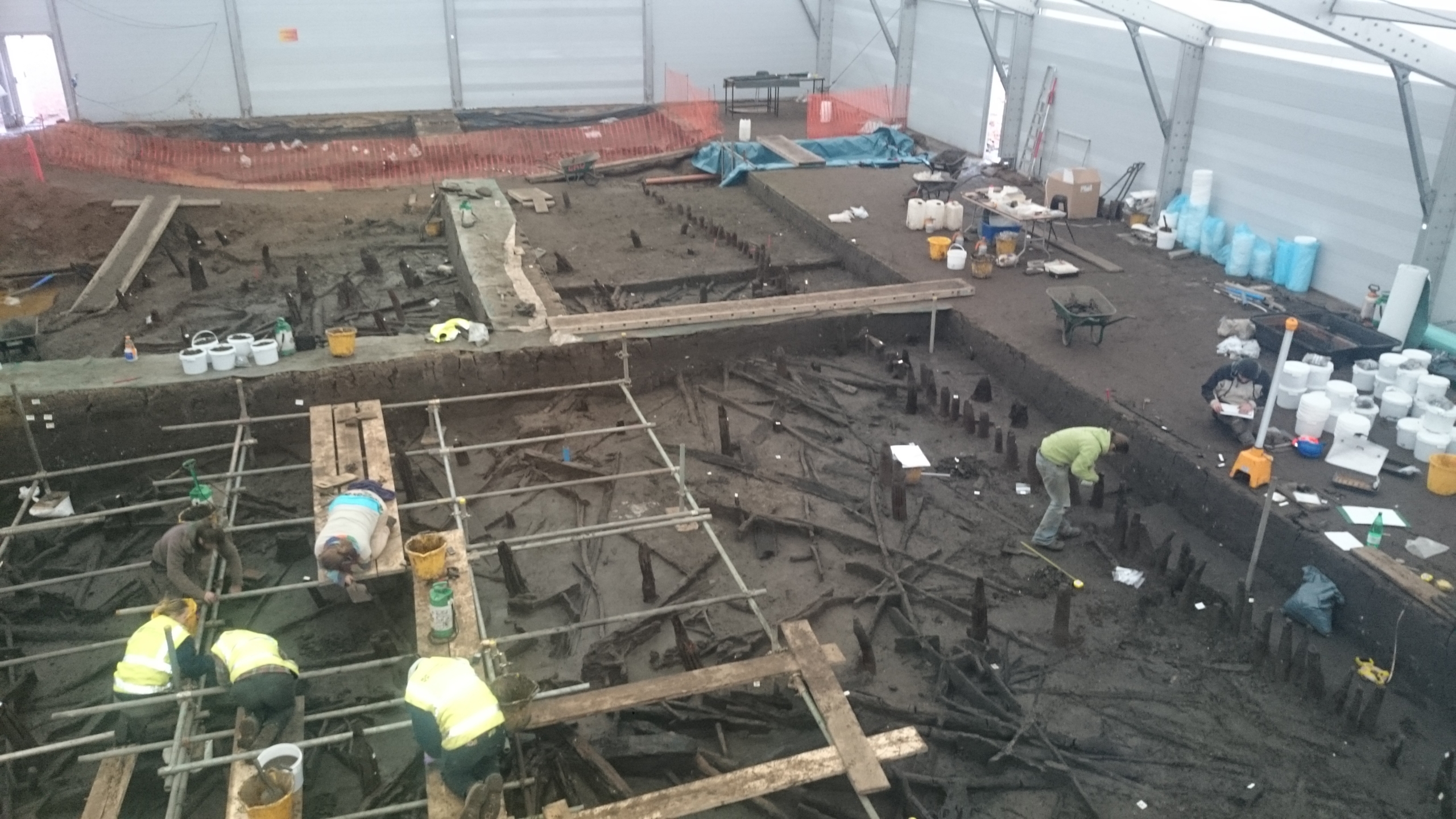Unearthing Britain’s Pompeii in Must Farm: was it arson?
19/01/2016

This month archaeologists discovered Britain’s Pompeii in Cambridgeshire. It is thought that a fire destroyed the wooden houses which may have formed part of a settlement at Must Farm quarry and which date back to around 1000 – 800 BC. The fire is now being investigated by a specialist team. I was asked if there was anything I could add to the team because over the past fifteen years I’ve worked in both modern forensic science and traditional archaeology, and have studied similar burnt structures before – but this level of preservation is almost unprecedented in British archaeology.
Burnt structures are striking in the archaeological record; fired-red brick, stone and clay or black charred timbers tend to stand out against natural earth tones of most excavations. Many earlier interpretations of such fire traces were expressly linked to historical or literary descriptions of widespread destruction, such as the traces of burning found within excavations at Colchester being linked to the Boudican destruction of the Roman colonia of Camulodunum in AD 60.
What could we learn from Must Farm?
While this approach lends itself to compelling narratives, it looks backward in time, and assumes that what appears dramatic in the ground must have had a similarly dramatic historical footprint. But fire doesn’t work like that, and from trivial beginnings – be it a bread oven in London or Mrs O’Leary’s cow in Chicago – great fires arise. As the archaeologist Francis Pryor said, “…the archaeologist is presented with the near impossible task of differentiating between Boudica and, say, the results of a bakery fire.”
 The site of Must Farm offers a near-unique opportunity to look in detail at a fire from the British Bronze Age, in a type of structure that, under normal circumstances, would never have survived to such a degree. Here we not only have huge timber uprights with mortise and tenon joints preserved in detail, but also the fragile roofing material and fibrous lashings to go with them. Some present near-total carbonisation, some have areas that could have been cut and shaped yesterday.
The site of Must Farm offers a near-unique opportunity to look in detail at a fire from the British Bronze Age, in a type of structure that, under normal circumstances, would never have survived to such a degree. Here we not only have huge timber uprights with mortise and tenon joints preserved in detail, but also the fragile roofing material and fibrous lashings to go with them. Some present near-total carbonisation, some have areas that could have been cut and shaped yesterday.
What we hope to be able to do with the site is to use the incredible resolution of detail about the structure to inform our models of how a fire might have developed and spread throughout it. We can use techniques derived from forensic fire investigation to give an indication of how much fuel was present in the structure, what sort of temperatures might have been reached, how quickly it might have developed and whether it was still smouldering as it collapsed into the river below. We might even be able to say something about whether the fire appeared to be a planned destruction in some way.
Crucially, understanding the final destructive burning of this building is not a separate process from understanding the living structure. Whether the building burnt down as a result of an unplanned incident, or if it was a carefully planned event, in its blackened timbers and reddened clay it preserves traces of that living building that a forensic approach will help to understand.
Categories & Tags:
Leave a comment on this post:
You might also like…
Preparing your work for Turnitin submission
Before submitting your work into Turnitin for similarity checking, if you have used referencing software then you may need to take some important steps first. Mendeley and Zotero integrate with MS Word by embedding field ...
The fast track to supercar engineering: My Cranfield journey
It’s been a dream come true to work on some of the world’s most prestigious supercars – the Aston Martin Valhalla, McLaren 750 & Artura, the GMA T.33. But every successful ...
Automotive Engineering: From student to hypercar innovation at Rimac
We sat down with recent graduate Thomas Perrin, to discuss how his year on the MSc in Automotive Engineering at Cranfield University propelled him from the lecture hall directly into the ...
What this year at Cranfield really meant to me
Every Cranfield journey is unique. In this alumni reflection, Zachea Scicluna shares what her year at Cranfield truly meant, from facing uncertainty to gaining hands-on experience in industry-backed projects. I’ve been reflecting (and delaying) ...
Preparing for assignments and exams?
Sorry! We know it seems a bit mean to mention the exams in January rather than looking forward to the break before it! However, we know many of you will be thinking about your forthcoming ...
Screening for FTSE 100 companies on Bloomberg
So you’re researching an index and need some data on its constituent companies? Bloomberg’s Equity Screening tool makes light work of this, not just for the FTSE, but for indices, exchanges and sectors worldwide. Type EQS ...






